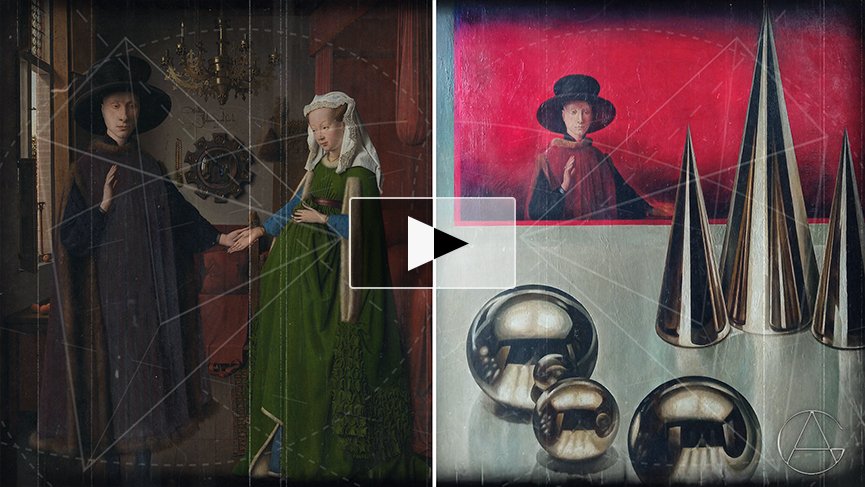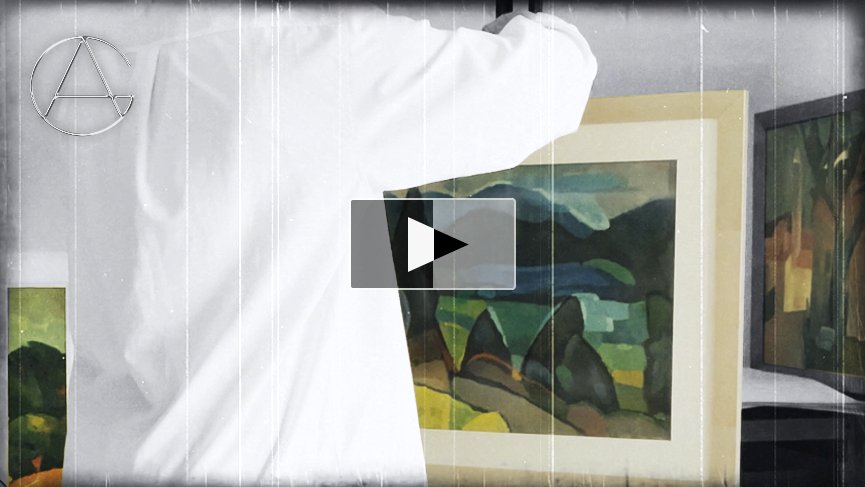Contemplation of painting
Contemplation of painting is an emotional act, a breath of the work of art. A painting is a showcase of the artist, and everyone can see the showcase and pass by it, but if you suddenly feel like it, you can stop and go inside. Inside is the artist's soul, and you will be able to understand his appeal to you.
- Anatoli Gostev
Two Types of Painting
Painting as an art form is one of the most colorful and expressive ways of conveying human emotions, thoughts, and ideas. Throughout the history of art, various styles and movements have emerged, each reflecting unique artistic preferences and philosophical convictions of the artists. Two such key styles – academic and sensual painting – attract attention with their significant differences in approaches and techniques. When considering perception, two factors stand out in the contemplation of painting: the visual appeal of the image and emotional excitement.
Academic Painting
Academic painting is often associated with classical techniques and standards of realism. This style of art aims to achieve the highest degree of mastery in technique and composition. Artists following the academic approach strive for perfect proportion, anatomical accuracy, and realistic portrayal of light and shadow. Such works are usually carefully planned and executed with meticulous strokes and details.
Academic painting is often associated with historical and mythological subjects, portraits of celebrities, or idealized landscapes. This style of art was popular during the Renaissance and is perceived as a symbol of tradition and cultural heritage.
For centuries, artists have created academic paintings that were in demand by kings, the church, and the nobility. What fascinates us in the works of the great masters of academic painting? The answer: time. Departed events, objects, people, and the culture of the past. Contemplating academic painting of past years is filled with TIME for us.
Sensual Painting
In contrast to academic painting, sensual painting is focused not only on technical mastery but also on the emotional and spiritual depth of the works. Artists working in this style seek to express their inner experiences and impressions through form, color, and texture.
At the end of the nineteenth and beginning of the twentieth century, artists' response to technological progress was an attempt to express emotions in art, by interpreting reality or even excluding it altogether. A new stage in the development of the Sensitive Man (Homo Sensitive) began, a golden age of emotional art with a multitude of "-isms" formulations (impressionism, cubism, fauvism, etc.).
Sensual painting often abstracts form and color, creating atmospheric and emotionally rich works of art. When contemplating sensual painting, we learn a language much more universal than the familiar language of straightforward images in academic painting. We are attracted to the emotional message of the artist's soul and our response. The emotional involvement of the viewer in contemplating painting determines whether the artist has formulated his emotional message.
Synthesis of Styles
Although academic and sensual painting have different goals and methods, many contemporary artists strive to synthesize these approaches. They use the technical mastery of academic painting to convey the emotional depth and spiritual intensity of the sensual approach. Such works of art combine elements of realism with abstraction, creating unique and appealing compositions.
In the end, academic and sensual painting represent two different but equally valuable forms of artistic expression. Each contributes to the richness and diversity of the world of art, demonstrating the variety of ways of perceiving and interpreting the surrounding world.
Contemplation: The Art of Perception and Inspiration
Painting, as an art form, offers not only visual pleasure but also the opportunity to immerse oneself in a world of colors, shapes, and emotions. Contemplation of painting is an act of interaction between a work of art and an observer, in which each person finds their own meaning and inspiration.
Experience of Perception
Contemplation of painting begins with the first glance at the artwork. It's the moment when eyes meet canvas or panel, and the world of the painting unfolds before the viewer. At this moment, the first impression often arises - a sense of attraction, wonder, or intrigue.
Then contemplation moves on to a deeper analysis of the details of the work. The viewer may pay attention to colors, composition, technique, as well as the themes and symbolism present in the painting. Each element contributes to the overall impression of the work of art.
Emotional Impact
The work of art can evoke joy, sadness, admiration, or even anxiety. Many artists seek to convey their feelings and emotions through paintings, and the viewer, in turn, responds to these emotions with their own inner world.
Contemplation of painting is an opportunity to immerse oneself in the world of the artist's creativity and imagination. Each painting is a kind of window into another world, a world where the laws of beauty and imagination reign. In this world, the viewer can see and feel new things, gain new insights and perspectives.
Source of Inspiration
Contemplation of painting is a source of inspiration for many people. Works of art can inspire the creation of one's own works, stimulate creative thinking, or simply provide moments of beauty and wonder in everyday life.
In the end, it is an individual experience that each person perceives in their own way. However, in this world of colors and shapes, there is always room for new discoveries, inspiration, and exciting emotions, ready to animate our imagination and inspire us to new achievements and creative endeavors.


 Art inspiration
Art inspiration Destruction of the Spirit in Art
Destruction of the Spirit in Art Jan van Eyck - Gloss
Jan van Eyck - Gloss Ownership of an artwork
Ownership of an artwork

